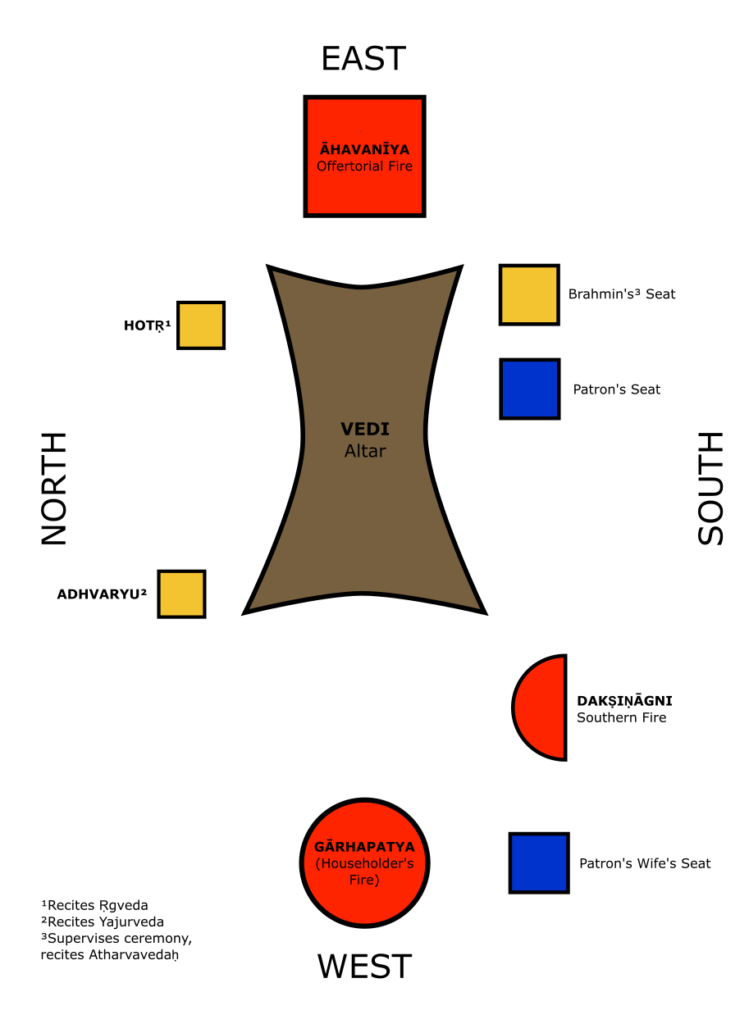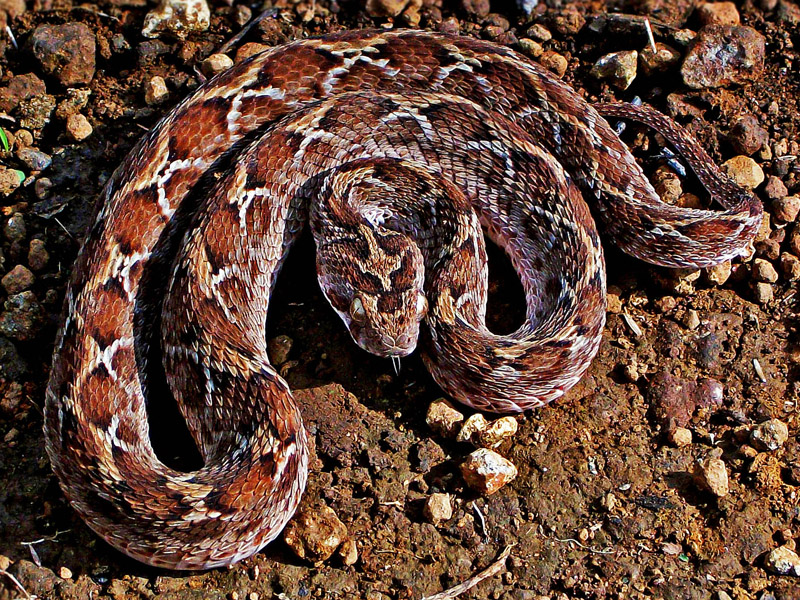
Table of Contents (The Complete Mahabharata in Simple English)
Previous Post: The Snake Sacrifice Begins
| Note: In the previous post, we read about how various virulent snakes were pulled into the sacrificial fire as the Ritwika chanted mantras while taking their names. In this post, we will find out the names of the priests who participated in the yagna. This information was given by Ugrasrava Sauti in response to a question by Saunaka Kulapati (the ascetic in Naimisha Forest). The ascetic asked this question because he wanted to know the names of the priests who knew how to perform this particular ritual. |
A brahmin called Chandrabhargava was the hotri (a rishi who is an expert of the Rig Veda) of the sacrifice. He was a reputed brahmin, well acquainted with the Vedas and a descendant of Rishi Chyavana.
A learned old Brahmin called Kautsa was the Udgatri (the person who chants the Vedic hymns and an expert of the Sama Veda) of the sacrifice.
Jaimini was the Brahmana (an expert of the Atharva Veda), while Sarngava and Pingala were the Adhvaryus (an expert of the Yajur Veda).
The sacrifice had several Sadasyas such as Vyasa, his son’s and disciples, Uddalaka, Pramataka, Swetaketu, Pingala, Asita, Devala, Narada, Parvata, Atreya, Kundajathara, Kalaghata, Vatsya, Srutaravas, Kohala Devasarman, Maudgalya, Samasaurava, and many other Brahmins who were learned in the Vedas.
| Note: In the next post, we’ll read about Takshaka seeking Indra’s protection from the danger of the snake sacrifice. |
Table of Contents (The Complete Mahabharata in Simple English)
Next Post: Takshaka Seeks Indra’s Protection

